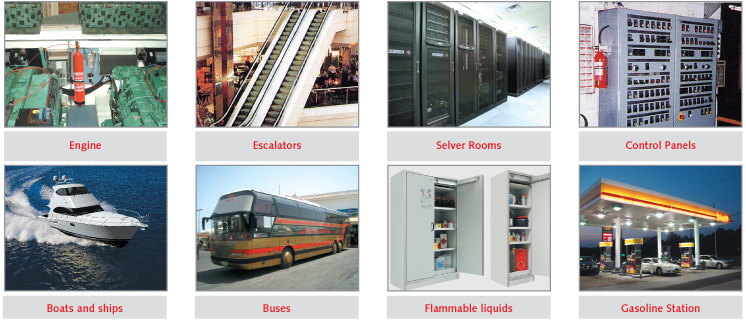
Fire Supression Systems
Protect your property and extinguish fires quickly with our innovative fire suppression system. It uses cutting-edge technology to suppress fires and minimize damage.
Sprinkler systems using water are a common fire protection solution for commercial and industrial buildings. However, in spaces housing critical electronic equipment, water damage from activated sprinklers can pose a significant threat, potentially causing harm comparable to the fire itself. Not all fires play nice with water! While sprinklers are common heroes, some situations require special fire suppression systems. These systems use clever tactics besides water to tackle fires where water might actually cause more damage. Fire science categorizes fires based on their fuel (what's burning). Class A fires (think wood) are perfect for sprinklers. But Class C fires (electrical) could be worsened by water. So, the best system depends on the fire environment. Firefighters aren't the only fire stoppers! Fire suppression systems are built-in tools designed to contain a fire before it grows out of control. By suppressing the flames, these systems minimize damage and buy precious time for people to evacuate and firefighters to arrive.
Types of Fire Suppression Systems
Big space, big protection? Small space, smart solution! Fire suppression systems come in two main types: engineered and pre-engineered. Engineered systems are designed to safeguard entire rooms.These systems use special agents, safe for people and electronics, to extinguish flames and prevent major damage. Pre-engineered systems, on the other hand, are ideal for protecting smaller, confined areas. Think engine compartments, electrical panels, or even specialized machinery like CNC and EDM machines. NEXSAFE offers pre-engineered systems in two setups: indirect release and direct release.
QUICK CONTACTOn This Page:

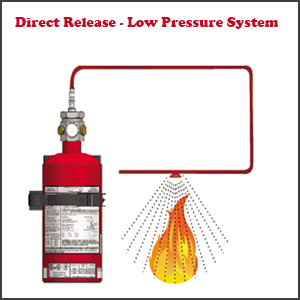
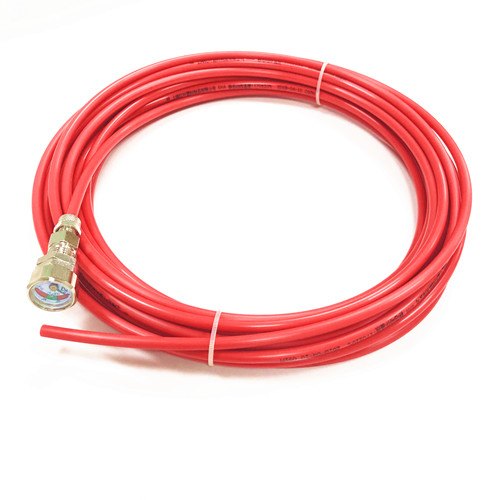

Electrical Enclosures & Engine Compartments Systems
Protect tight spaces with these fire stoppers! These pre-built systems use heat sensors and extinguishing agents to automatically fight fires in electrical panels and engines. Flexible tubing allows easy installation for early detection and quick suppression. This system offers early fire detection. When a fire ignites, a rapid pressure drop in the tube triggers a special valve, releasing extinguishing agent to flood the enclosed space. This swift action extinguishes the fire within moments. Electrical Enclosures & Engine Compartments fire suppression systems come in various categories, classified by the type of extinguishing agent and the system design.

Direct Pressure Operated System
A direct operate fire suppression system is a type of automatic fire protection system designed to extinguish fires in enclosed spaces like electrical panels, server racks, industrial machinery, and fume cupboards. These systems are particularly useful in protecting sensitive equipment from fire damage.
How a direct pressure fire suppression system works ?:
When the temperature reaches 110°C, the sensor tubing ruptures due to the pressure building up inside. This rupture directly triggers the cylinder valve, releasing the extinguishing agent to flood the protected area
Common System Accessories:

Heat (Fire)Detection Tube
A heat-sensitive detection tube runs throughout the protected area. This tube contains a pressurized gas, typically nitrogen
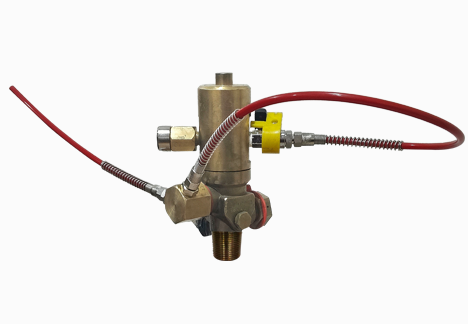
Fire Supression Agent Cylinder
This pressurized cylinder stores the fire extinguishing agent. Common agents include clean agents like Halon replacements or inert gases
Discharge Valve
The discharge valve is located on the agent cylinder and is directly triggered by the rupture of the detection tube.
Manual Discharge Valve
This allows for manual activation of the system in case of fire detection
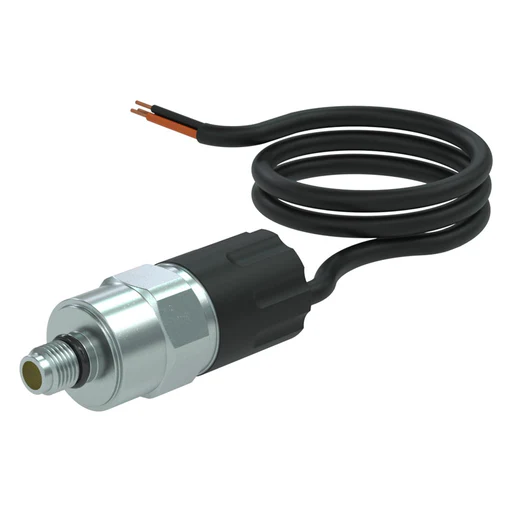
Pressure Switch
When Pressure drops due to a heat detection tube raptures,the switch sends a signal to the fire alarm control panel and discharge valve
Pressure Gauge
This gauge indicates the pressure within the agent cylinder for system monitoring purposes.
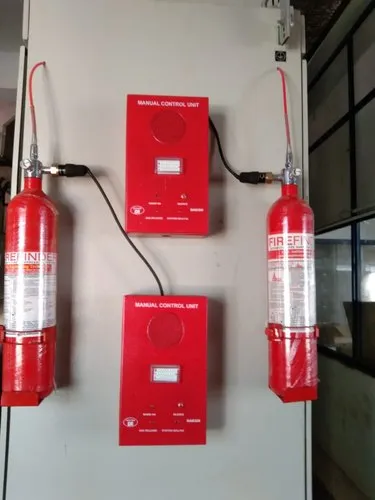
Alarm System Control Panel
An alarm can be integrated with the system to alert occupants of a fire event.
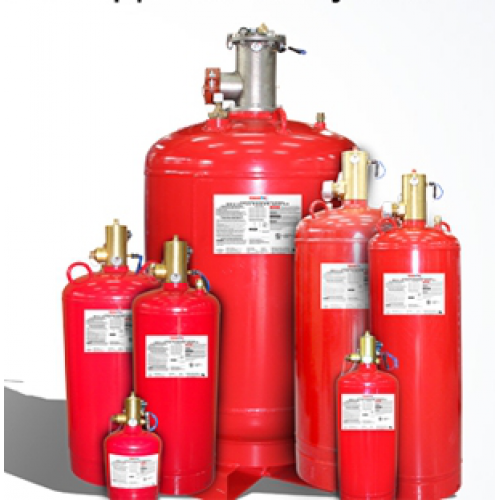
Fire Suppression Chemicals
Dry Chemical powder Clean Agent CO2(CARBON DIOXIDE)
Clean Agent
CO2(CARBON DIOXIDE)

Direct operate fire suppression systems offer several advantages:
Fast Activation: They detect and suppress fires rapidly due to the direct release of the extinguishing agent.
Clean Agents: These systems often use clean agents like Halon replacements or Inert gases which leave minimal residue after discharge. This is especially beneficial for protecting sensitive electronics
Simple Design: They have a relatively simple design with fewer components compared to traditional fire suppression systems.
Minimal Maintenance: They require minimal maintenance as they are self-contained units
However, there are also some limitations to consider:
Limited Coverage: These systems are designed for protecting enclosed spaces and may not be suitable for large open areas.
Single Use: The system is expendable and needs to be refilled or replaced after discharging.
DESIGNED FOR PROTECTING ....
